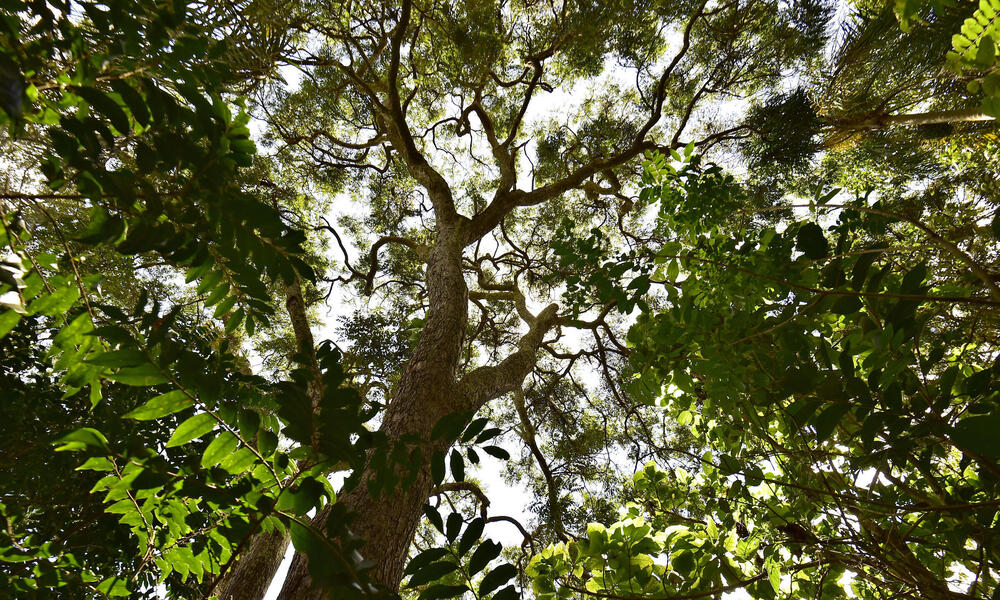Forest restoration also requires a large and diverse mix of champions: individuals, businesses, governments, and organizations from all sectors and walks of life that understand the benefits of forestland and are willing to invest their time, energy, resources, and/or money into this work for the long term. When all the pieces come together, forest landscape restoration is nothing short of miraculous. We’re seeing this on the ground right now in Brazil’s Atlantic Forest, thanks in large part to global companies stepping up to become forest champions.
A path forward for forests
In 2019, HP and WWF embarked on a groundbreaking partnership that, as part of a broader strategy to protect and improve the health of forests, included a goal of restoring over 1,000 acres of forestland in Brazil’s Atlantic Forest region. In only two years, and despite the challenges presented by COVID-19, we’ve engaged over 50 local institutions and 150 community stakeholders to secure their participation as part of the forest restoration process. In support of the Raízes do Mogi Guaçu project, 158 acres of land have been put under restoration, including more than 66,000 seedlings planted and 37 freshwater springs protected. And most importantly, this partnership has helped build a community-centered foundation to ensure these efforts will safeguard a thriving forest ecosystem in the long term.
The Raízes project is a gold standard for collaborative forest landscape restoration, with a commitment to put people first, ensuring that each project prioritizes listening to local stakeholders, social safeguards, and community benefits. There’s also always room for expansion—projects like this can be scaled up with additional partners and investment.
